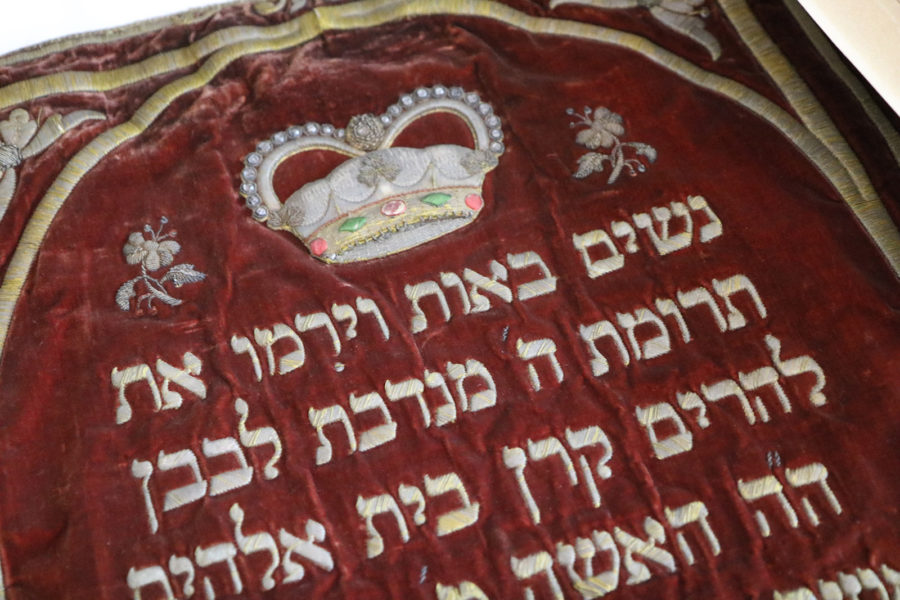What are the greatest treasures in Vienna? What can you see? And what is lost?
I was privileged recently to attend a press conference at the Jewish Museum in Vienna at which Victor de Waal and museum Director Danielle Spera announced important news which connects the UK to Austria.
The de Waal and Ephrussi families are donating the Ephrussi family archive to the Museum. In addition, part of the famous collection of Japanese netsuke (small Japanese carvings) which helped inspire British writer Edmund de Waal’s extraordinary memoir “The Hare with Amber Eyes” will also be made available to the Museum on a long loan.
The Jewish Museum in Vienna is outstanding. Based at two sites, one close to the site of a synagogue destroyed in a pogrom in 1421, it invites visitors “to take a sombre trip into Vienna’s Jewish past, or join us for events celebrating its present”.
The decision by the de Waal and Ephrussi families to donate their archive and to lend some netsuke to the Museum will surely enhance the Museum still further. An exhibition of the new acquisitions will take place in 2019.
At the press conference, Victor de Waal, who is the father of Edmund and lives in England, spoke movingly of visiting the Palais Ephrussi in Vienna as a child, before it was expropriated by the Nazis in 1938. He described his relationship with relatives who had died in concentration camps during the Second World War, including some of the first generation of women to attend university. And he described how the archive, and the netsuke, helped to inspire Edmund de Waal’s interest in family history and led to the book “The Hare with Amber Eyes”.
Many of the historical events highlighted in the press conference, as well as in the book, are indeed sombre. When the Anschluss took place, some of the Ephrussi family were able to flee to Britain. 264 of the netsuke, as described in the book, were rescued from the Palais Ephrussi. But other items were stolen, destroyed or lost; and many family members, as in countless other Jewish families across Europe, lost their lives. I found the treatment of this subject in “the Hare with Amber Eyes” – particularly the way the slow-burn narrative builds from a history of the Ephrussi family starting in 19th century Ukraine and Paris to the cataclysmic events of 1938 and thereafter – both sensitive and hard-hitting.
It was a privilege to meet Victor de Waal. The contribution of the archives and the loan of the netsuke is a big event for Vienna. I look forward to seeing these thought-provoking treasures, with all their sombre associations of loss, return to Vienna in 2019 after so many years of absence.

